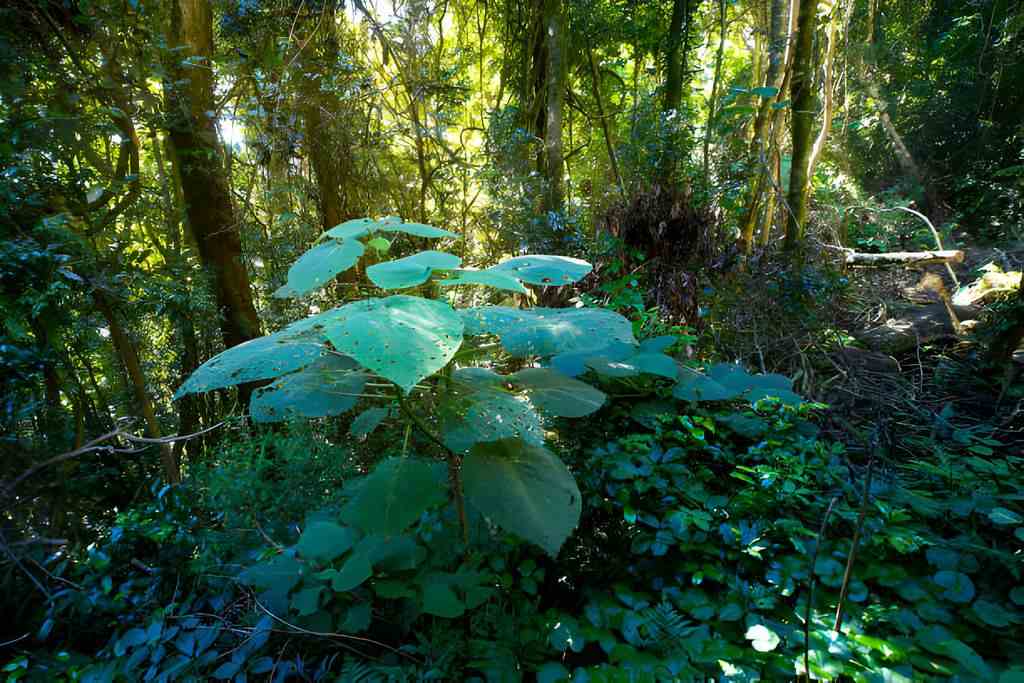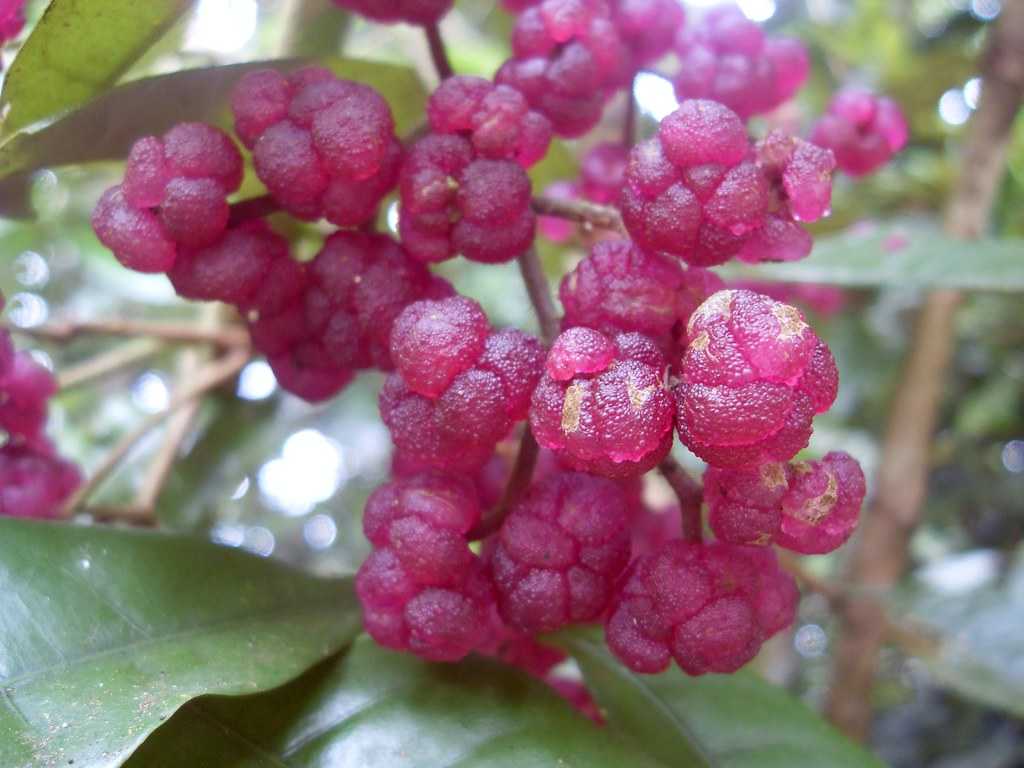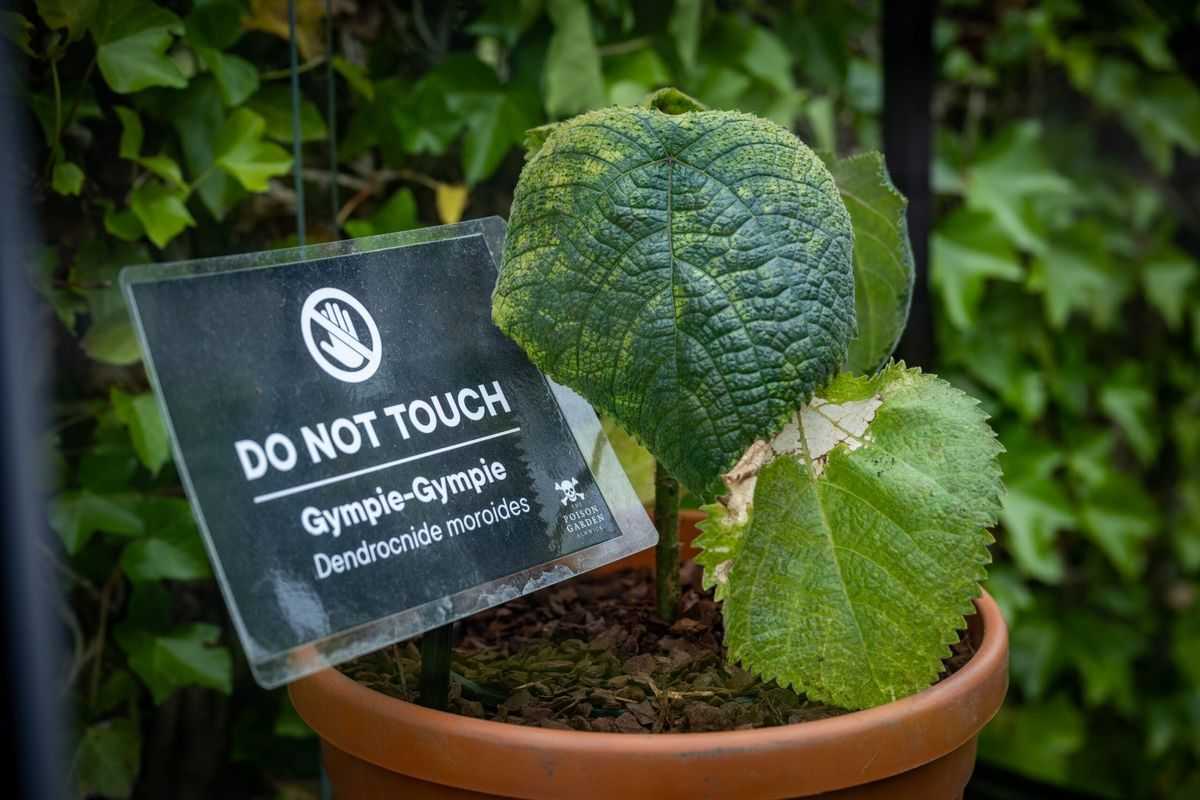A very dangerous plant that can make you feel like you’ve been shocked and burned at the same time. It’s called the gympie-gympie plant, and it comes from Australia and some parts of Asia.
The plant is so painful that people feel like they’ve been shocked and burned after touching it just once.
The tiny hairs on the plant work like needles. If you touch them, they release a venom that causes extreme pain.
The pain from the Gympie-Gympie plant can last for months, making it difficult for people to sleep. Sometimes, the pain is so unbearable that it can lead to thoughts of suicide. That’s why Gympie-Gympie is sometimes called the “suicide plant.”
Cases of encounters with Gympie-Gympie plant aka Suicide plant
During WWII training, a former serviceman named Cyril Bromley fell into one of these plants. He was in so much pain that he had to be tied to a hospital bed.

Reports from Discovery.com describe him as being “as mad as a cut snake.” In 1963, a botanist named Ernie Rider was stung by the plant and endured the pain for two years before feeling relief.
Researchers have found that even dried leaves from this plant, which have been kept for a hundred years, can still cause a sting.
The Gympie-Gympie plant was first documented in 1886 by a road surveyor named AC Macmillan in North Queensland. In a report to his boss, he mentioned that his packhorse was stung, went mad, and died within two hours, as stated by Australian National Geographic.
Similar stories are part of local folklore, where horses in pain from the plant have jumped off cliffs, and forest workers have resorted to drinking heavily to try to ease the agony.
Interestingly, Gympie Gympie has a deceptively attractive appearance with heart-shaped leaves that are soft and fuzzy to the touch.
Its heart-shaped leaves, which can grow up to 30 centimeters in length, are characterized by a soft and velvety texture. The leaves exhibit a vibrant green coloration, further enhancing their appeal in the lush rainforest undergrowth.
However, beneath the surface, its hairs contain a toxin cocktail that serves as a formidable defense mechanism against herbivores and other threats in its natural habitat.
The long-lasting pain caused by the plant may be due to gympietides, which permanently change the chemical composition of the affected sensory neurons.
This pain is not simply caused by the fine hairs getting stuck in the skin.
The toxins released by the tree affect pain receptors in a manner similar to spider or scorpion venom.
Interestingly, Gympie Gympie produces fruit. There are some marsupial species, insects, and birds that consume the plant’s leaves and fruits without much problem.

The so-called suicide plant’s notoriety has only grown over the years, with stories passed down through folklore of forest workers resorting to extreme measures to cope with the relentless agony inflicted by this enigmatic plant.
Its presence serves as a reminder of the diverse and often unexpected wonders found within Australia’s rich natural landscapes.



